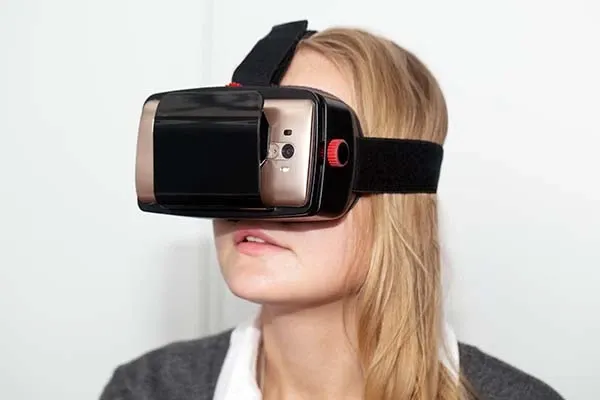Labriola Secures Second Term as TIM CEO
Telecom Italia CEO Pietro Labriola secured a second term following an investor vote.

When the PlayStation VR goes on sale, it won’t just be a test for Sony, according to Bloomberg. As the first high-end virtual-reality headset aimed at the mass market, the gadget will also offer the first hint as to whether the technology can become a mainstream product.
For about $500, consumers won’t be getting newer features or better performance than pricier headsets being sold by Facebook and HTC. Sony is betting that it has a better package for mainstream consumers, given the ease of use and ability to tap into a gaming and entertainment ecosystem built by the PlayStation franchise over the past two decades. The device is Sony’s best prospect to remain on the cutting edge of technology after scaling back in phones, televisions and other businesses.
“The Sony release is the first real test of consumer VR,“ said Dave Ranyard, a virtual-reality developer and former head of Sony’s London studio, which produced its main launch title PlayStation VR Worlds. “Nobody knows the rate of uptake, so this is the first significant indication.“
The debut also represents a classic gaming-industry dilemma. Sony has to sell a lot of devices to attract talented game developers, gamers won’t buy new hardware unless there’s quality content. Sony hasn’t lined up enough must-have titles to kick off that virtuous cycle, according to Hideki Yasuda, an analyst at Ace Research Institute in Tokyo.
“If an amazing game comes out and makes everyone want to buy PSVR, the situation will be different, but for now we’re not seeing that,“ Yasuda said.
With more than 40 million people already owning a PlayStation 4 console, the novelty of VR alone may be enough to attract a large number of early adopters. IHS Markit and Goldman Sachs predict more than 1.4 million unit sales by the end of this year, while Ranyard is more conservative, expecting about 1 million in the first 12 months.